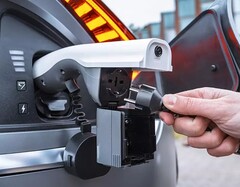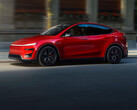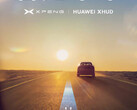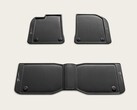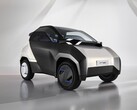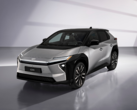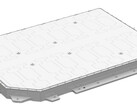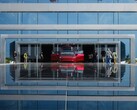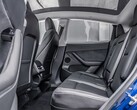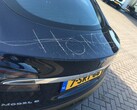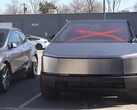Hundreds of thousands of residents of Queensland and New South Wales are left grappling with crippling blackouts during and after Cyclone Alfred. However, there have been reports of EV owners banking on their huge batteries-on-wheels to keep the lights up at home.
According to social media posts, EVs with vehicle-to-load (V2L) tech have saved the day by powering household appliances during and after the storm. For example, a company director, Chris Baker, shared on LinkedIn how his Nissan Leaf helped keep “food fresh, phones charged, and laptops going” while consuming about 10 percent capacity per day.
Another EV owner in the Down Under reported that their vehicle powered their fridge, freezer, microwave, kettle, lights, and telephones for over two days. They claimed they even provided their neighbors with fresh cups of coffee but only used 18 percent of their battery capacity.
Still, another testimony involved a driver popping down to where the grid was available to charge their car and return home to use the energy, converting their vehicle into a sort of power-on-wheels.
Not all EVs have V2L capabilities, but these experiences from Australia showcase the practicalities of battery-powered mobility beyond reducing transport emissions.




